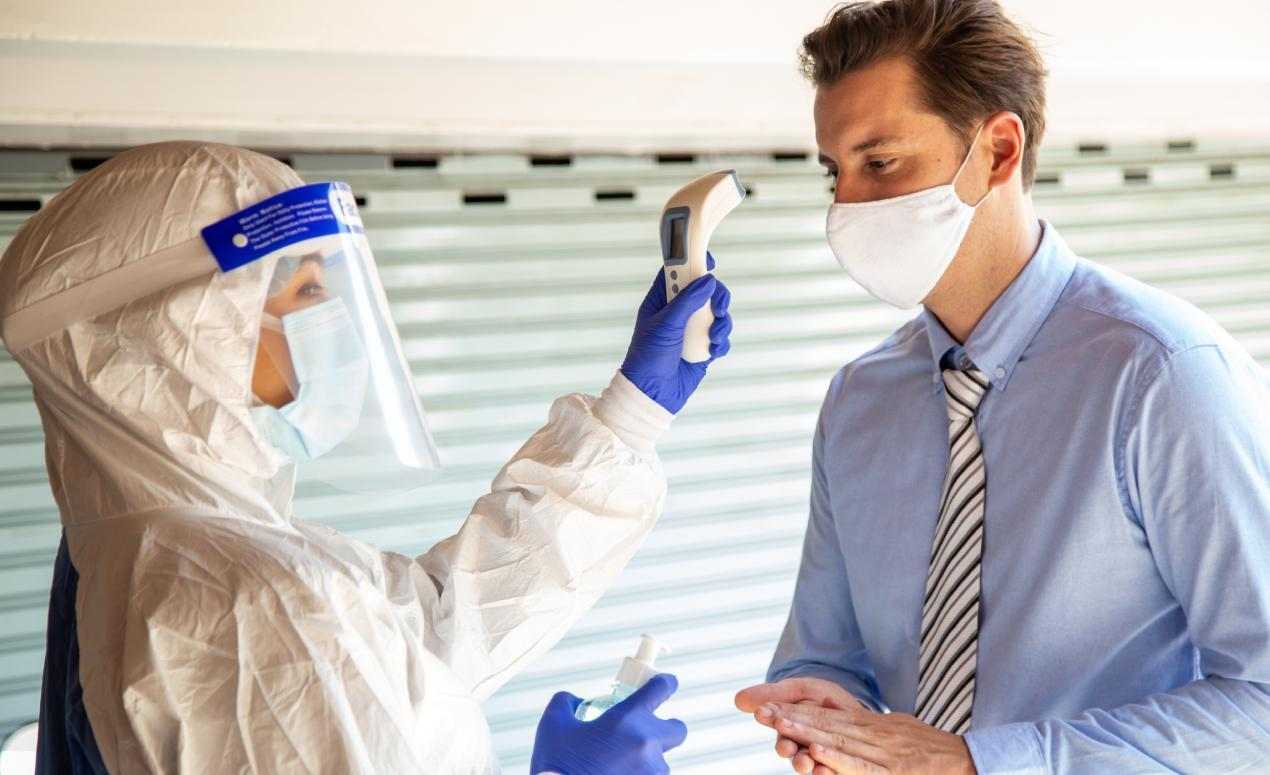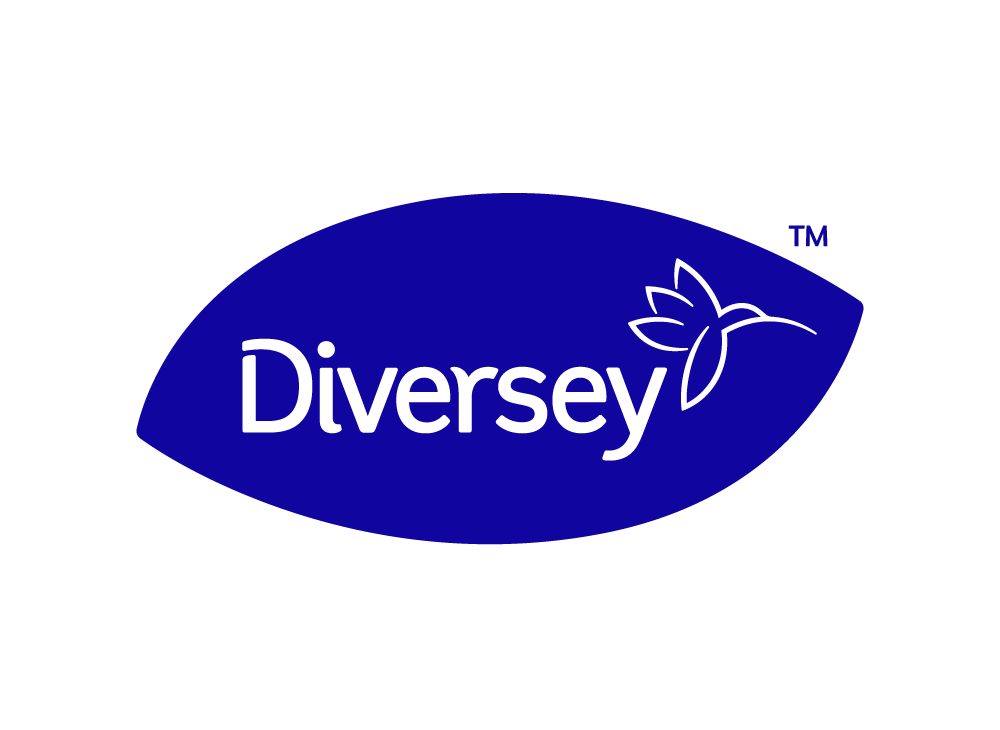Since the beginning of the Coronavirus outbreak, one question that we are frequently being asked is “what are your recommendations for spraying/fogging people in disinfection/sanitization tunnels?”
These types of stations are being set up at the entrances and exits of buildings to spray/fog liquid disinfectant/sanitizer onto people entering the building. A person moves into a semi-enclosed area where liquid disinfectant is sprayed onto them. After pausing for several seconds, the person is allowed to enter the building.
At Diversey, we completely oppose the use of disinfection/sanitization tunnels.
Here is why:
Health and Safety Risk
Chemical disinfectants are assessed for their health and safety risk through normally expected routes of exposure. Through this application practice, there is a significant risk of inhalation, eye contact and skin contact. No Diversey disinfectants have been assessed for exposure to the general public in this application practice.
Spraying/fogging in small droplets (<20 microns) can be inhaled into the deep lung tissue where they are more likely to cause a negative health outcome. Even for disinfectants that are non-hazardous at use concentration, applying them in a manner inconsistent with the product label may create a new health risk that could require the use of protective equipment.
Lack of Efficacy
Spraying or fogging disinfectant onto a person is unlikely to provide any significant efficacy. Soft surfaces, such as clothing, cannot be disinfected. For a surface to be disinfected, it must be hard and non-porous. Clothing is neither. For a disinfectant to be effective, it must be applied to a visibly clean, hard, non-porous surface with sufficient quantity to keep the surface wet for the required contact time of the disinfectant. Neither is likely to be achieved through this practice and thus, use in this application practice is unlikely to provide any significant impact on reducing the viral load.
Does Not Reduce the Possibility of Transmission
People infected with SARS-CoV-2 may carry the virus in respiratory secretions in their upper respiratory tract and in saliva in the mouth and throat. Applying disinfectant to the skin does nothing to address the large reservoir of virus that an infected person carries inside their body, especially for asymptomatic people. A person will be just as infectious after they have passed through the tunnel as they were prior to the process. The process could also lead people to believe that they are ‘safe’ which might negatively impact their subsequent behaviors such as maintaining social distancing and good hand hygiene.
Lack of Regulatory Approval
No Diversey disinfectants carry approval from a country government to use them in this manner. In many countries, using a disinfectant in a manner inconsistent with the product label is illegal and opens up the facility to significant financial penalties. We are not aware of any of our major competitors having this type of application practice approved on their disinfectant labels either and the practice has been widely discouraged (examples below).
PAHO/CDE/CE/COVID-19/20-0012 • © Pan American Health Organization, 2020.
The use of tunnels and other technologies for disinfection of humans using chemical aspersion or UV-C light.
World Health Organization (WHO). 16 May 2020
Q&A: Considerations for the cleaning and disinfection of environmental surfaces in the context of COVID-19 in non-healthcare settings.
Health Care Without Harm (HCWH), 17 April 2020.
Coronavirus update: Disinfection tunnels.
Biswal M, Kanaujia R, Angrup A, Ray P, Mohan Singh S., Public Health. 2020;183:48-49.
Disinfection tunnels: potentially counterproductive in the context of a prolonged pandemic of COVID-19. doi:10.1016/j.puhe.2020.04.045
What can you do to provide a safer environment for people who are entering and exiting your facility?
- Follow WHO and local Government recommendations.
- Reduce the flow of people in the facility and maintain social distancing throughout, including in the washrooms, corridors and smoking areas. Where social distancing cannot be adhered to, protective partition screens should be introduced.
- Daily employee screening and temperature monitoring.
- Masks and possibly goggles or visors should be mandatory for employees in sectors where there is a high risk of infection and/or a high concentration of workers (healthcare, life sciences, food processing and preparation) and considered for others.
- Review and update your cleaning protocols, giving consideration to an additional disinfection/sanitizing step. We have produced a number of guides which can help, follow the links below in the 'Related Posts' section or contact us via the link below.
- Introduce or refresh knowledge on respiratory etiquette (coughing into a tissue and binning it immediately or coughing into the elbow) and good hand hygiene. Perform regular training and keep a record of employee performance and participation.
- Consider hand and boot hygiene entrance control systems. These systems restrict access until hands (and footwear) have been disinfected.
We have created a variety of resources for all of the sectors that we serve - please get in touch if you are unable to find what you are looking for.




